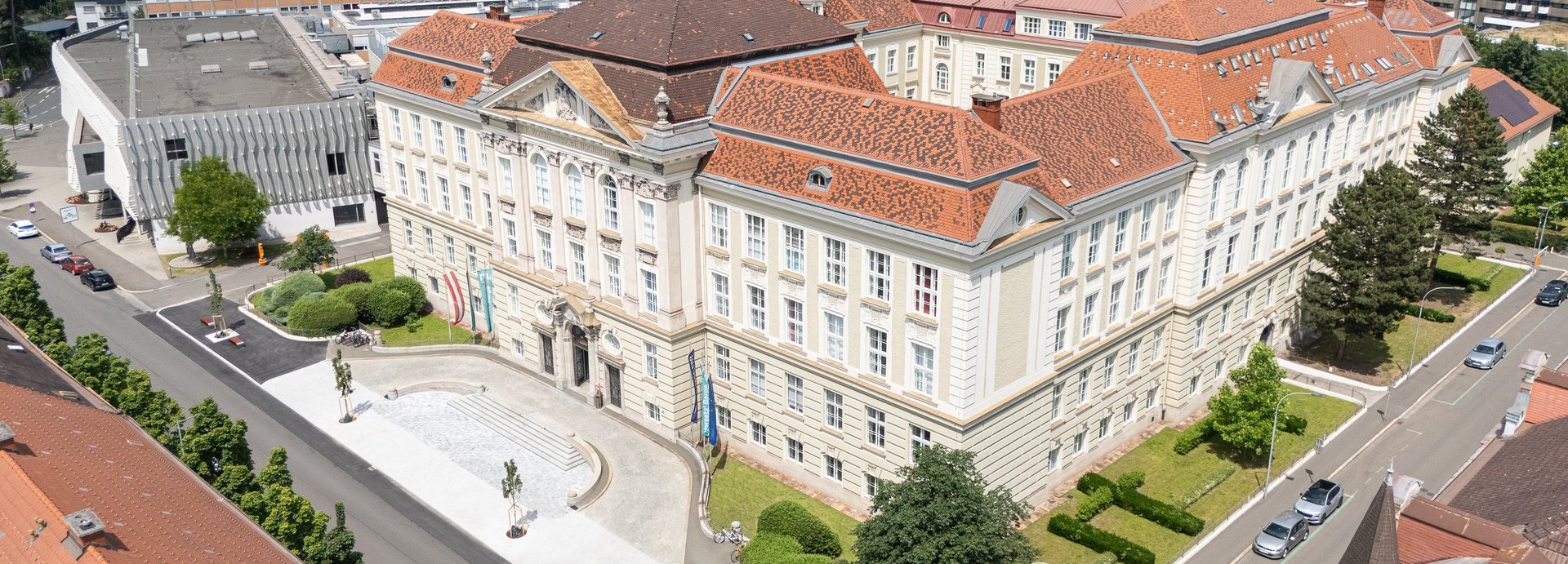Mobile crushing plants have experienced strong growth in recent years in many areas of primary and secondary raw material processing. Examples of primary raw material processing include quarries for construction raw materials, industrial minerals and ores, as well as construction residues, pollutant-depleted slags and various composites for secondary raw material processing. Especially in recycling, the demand for mobile crushing plants continues to increase.
One of the most widely used mobile crushing plants is the mobile impact crusher, whose mode of operation is described below. First, the material to be crushed is fed onto a feeder. Afterwards, the material enters the crushing chamber via a pre-separation stage, in which certain grain sizes are already separated. In this chamber, the material to be crushed is broken up by impact processes (surface and edge impact). Subsequently, the material is classified using one-, two- or three-stage screens. At the end of the process, the material is distributed via conveyor belts to different piles with different grain sizes.
During the project, an energy- and product-optimised mobile impact crusher is to be developed, with two main objectives. The first of two main project goals is the monitoring of real-time screening lines by means of dynamic image analysis, which is planned in the course of digitalisation. With the dynamic image analysis, the real-time screening lines can be compared with those from the laboratory and the plant can react if necessary. In addition to digitalisation, automation is also to be further increased. In future, the for the crushing process relevant gap width, which is still adjusted manually in the current plants, will be adjustable automatically. The gap width adjustment is thus the second main objective of the project, which will run for several years.
Dipl.-Ing. Dietmar Kemper

![[Translate to English:] Dipl. -Ing. Dietmar Kemper [Translate to English:]](/fileadmin/shares/unileoben/aufbereitung/Dissertationen/Kemper.jpeg)